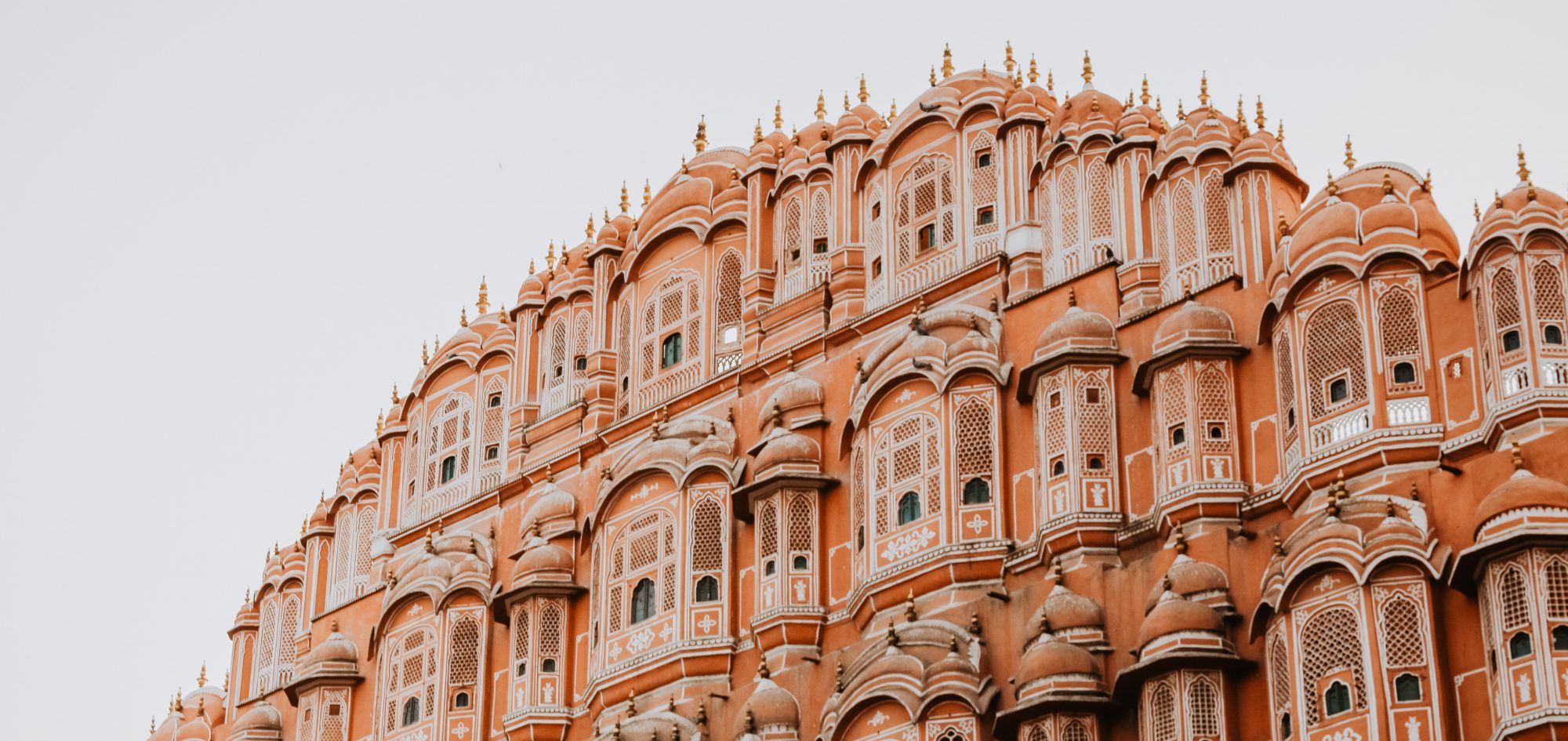Situated on the banks of the river Vishwamitri, Vadodara is the third largest city of Gujarat and presently one of the fastest growing cities of the state. The city serves an interesting contrast between being historical and rich in heritage and at the same time being dynamic , ever-changing and alive.
Vadodara’s rich historical background dates back to as far as 2000 years and more. However, the era of great progress and constructive achievements in all fields was marked by the great Maratha ruler, Maharaja Sayajirao Gaekwad III who ruled the city from 1875 to 1939. The city and its excellent status today can be accredited to the great insights of this ruler who dared to initiate great socio-economic reforms that had essentially shaped the future and vast progress of the city.
With the growing prosperity, the city has also developed many tourist attractions which tell a great deal about the present and the past of the city.
The Laxmi Vilas Palace, which is about four times larger than the Buckingham Palace, was the royal home of the Gaekwads which holds the record of being the largest abode ever built. This architectural wonder show cases the Indian touch on its exteriors while its interiors match the European luxuries.
With an army style architecture, the EME Temple is unique because of the diversity it encloses in its premises. It depicts five main religions of India where the Kalash signifies the Hindu religion, the dome is for Islam, the tower represents Christianity, the golden structure over the tower indicates Buddhism and the entrance of the temple stands for Jainism. Since Lord Dakhshinamurthi is worshipped here and the idol is facing south, the temple is also known as Dakhshinamurthi temple.
Built in the early 18th century, the Nazarbaug Palace is one of the oldest monuments of Vadodara and was another royal abode of the Gaekwad’s clan. The overall value of the three-storeyed monument was in billions before an alleged robbery which has left the place in ruins. However, the ruins of the monument also does a great job of transporting the visitor back into the history of the city.
Kirti Stambh, built by the great ruler Maharaja Sayajirao Gaekwad III in 1935 is the highest tower in the city depicting a sign of victory. The tower has a lion at the top which faces eastwards which as per Hindu Mythology is for salvation.
The largest in the west of India, Sayaji Baugh has a 45 hectare garden and an aquarium along with two museums and is home to around 100 species of flowering plants. Visiting this place is going to be an overwhelming experience, especially for the nature lovers. The alluring garden also holds the Baroda Museum, Picture Gallery, the Sayaji Zoo and Sardar Patel Planetarium which are extremely significant stops to know more about the city and the state.







